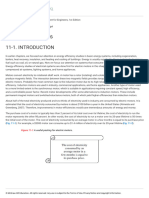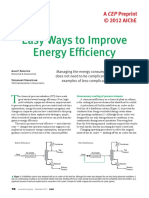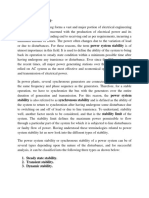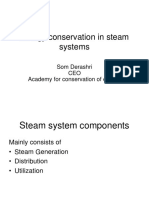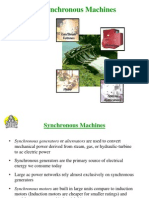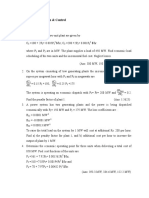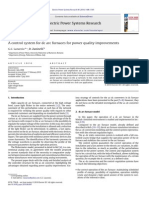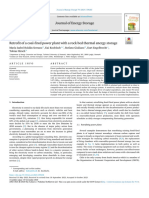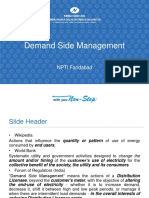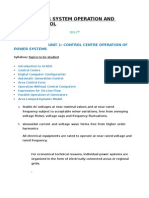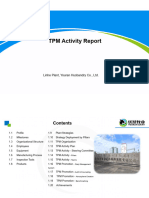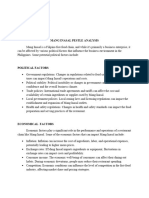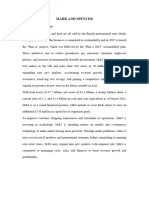0% found this document useful (0 votes)
77 views6 pagesEnergy Systems From Fundamentals To Advanced Applications
The document provides a detailed overview of energy systems, covering fundamental components, intermediate and advanced systems, and next-generation technologies. It emphasizes the importance of system integration, optimization, and specialized applications in enhancing efficiency and sustainability. Key topics include generation and distribution systems, smart energy management, and emerging technologies such as hydrogen energy systems and advanced control methods.
Uploaded by
anith3042Copyright
© © All Rights Reserved
We take content rights seriously. If you suspect this is your content, claim it here.
Available Formats
Download as PDF, TXT or read online on Scribd
0% found this document useful (0 votes)
77 views6 pagesEnergy Systems From Fundamentals To Advanced Applications
The document provides a detailed overview of energy systems, covering fundamental components, intermediate and advanced systems, and next-generation technologies. It emphasizes the importance of system integration, optimization, and specialized applications in enhancing efficiency and sustainability. Key topics include generation and distribution systems, smart energy management, and emerging technologies such as hydrogen energy systems and advanced control methods.
Uploaded by
anith3042Copyright
© © All Rights Reserved
We take content rights seriously. If you suspect this is your content, claim it here.
Available Formats
Download as PDF, TXT or read online on Scribd
/ 6

